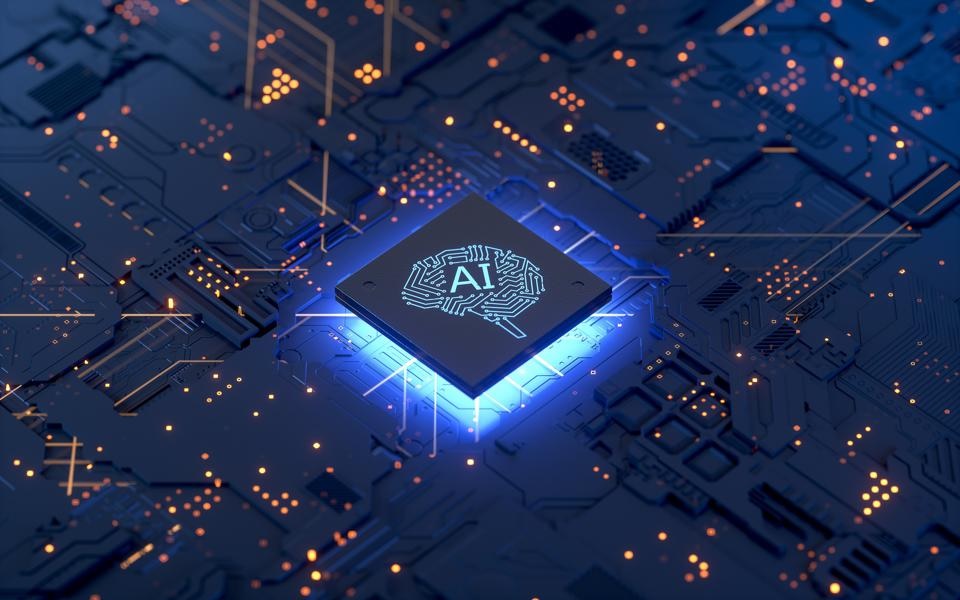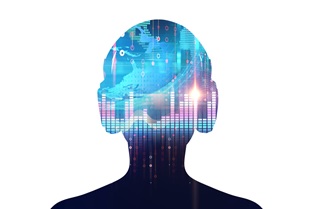These days, almost everyone knows that artificial intelligence, or AI, doesn’t just refer to sentient androids. AI solutions are everywhere, from helping Google understand natural language queries to helping Amazon give personalized product recommendations based on your purchasing history. Almost every industry boasts some kind of AI-driven software, so it is high time you take an AI course to better understand regular applications of this vital tech.
Because there are so many ways AI is used nowadays, there are more than a few examples of strange and fascinating applications. Here are a few weird and wonderful ways AI is being deployed in the world around us, which could inspire you to adapt AI to fit your particular needs.
AI Doctors
To some, robots practicing medicine is a sign of dystopia; to others, it is a positive sign of the future. Because human doctors are prone to make various mistakes — resulting in a variety of negative outcomes for patients — some programmers are hoping that medically trained AI tools can assist human health care providers in various tasks. Diagnosis is one of the easiest health care responsibilities outsourced to AIs, which can sometimes identify early warning signs of serious diseases sooner than their human counterparts. Already, AI is becoming indispensable as a solution for finding sepsis sooner than human doctors, saving countless lives.
Like so many other elements of tech, AI is evolving at a rapid pace. Currently, AI is in more places than most people can believe, so the sooner you learn about how AI works and where you can apply it, the better.
AI Fortunes
It is hard to imagine a computer doing something quite as creative, intuitive and human as telling fortunes, but fortune-telling is exactly what one AI algorithm is programmed to do. Called Artificial Philosophy, the one-line messages generated by the bot are intended to lift users’ moods. While the fortunes began weird and negative, as rated by users, the AI eventually learned how to generate short, simple and enjoyable messages that brought smiles to users’ faces. This is an excellent case study for marketers, who are constantly on the lookout for new tools to attract attention from consumers. Businesses might develop similar AIs to spread their unique brand messaging in exciting and fun ways.
AI Music
The human race has been creating music for millennia — long before civilization, let alone AI. Yet, AI is slowly taking control of the music industry, helping to write lyrics and melodies for popular music. One music AI aggregates information from newspapers, movies, social media posts and more to gain an “emotional temperature” of the time to better produce a song that resonates with a greater number of people. Another music AI creates rap lyrics by reading and recombining other raps from successful artists. Possibly, one of your favorite songs of the last few years was written by a smart machine.
AI Bees
The world has a problem with pollinators. Bees and other insects responsible for pollinating plants are dying out at astonishing rates, which could eventually lead to a massive food shortage, unless we are able to find a replacement for these critical unpaid workers. Fortunately, a solution is available in the form of tiny, AI-driven robots. Flying bee-like drones have been able to use high-resolution cameras and an AI program to accurately identify flowers. The first business to build a swarm of AI bees will have plenty of clients in agriculture eager to take advantage of this low-cost, high-tech solution to a problem that is plaguing humanity.
AI Perfume
A German fragrance house called Symrise is dedicated to providing customers with perfectly personalized scents. Over 200 years old, Symrise once used expertly trained parfumiers to work one-on-one with customers and generate award-winning fragrances, but these days, they use AI to deliver better products to more people. The program analyzes the chemical formulas of the company’s fragrances as well as historical buying data to better understand what consumers like. Then, parfumiers are equipped with more data to mix the best perfumes on the market.
AI Toothbrushes
According to dental experts, the right way to brush your teeth entails keeping your toothbrush at a 45-degree angle, moving in a small, circular motions that start from the gum and brushing for a total of three minutes — one and a half minutes on the upper teeth and one and a half minutes on the lower teeth. Unfortunately, this is too much for most people to keep in mind, so a toothbrush company offers a smart, AI-driven toothbrush to do all that hard work. Entrepreneurs should consider copying this model of product development, which solves a simple but ubiquitous problem with exciting and innovative tech.

